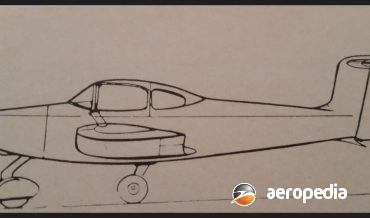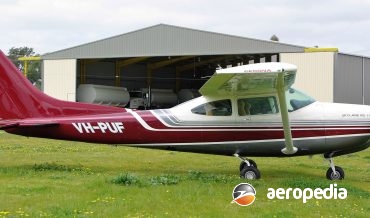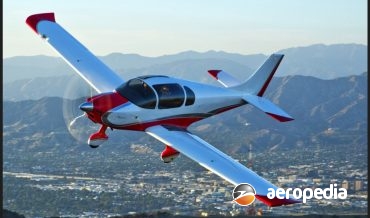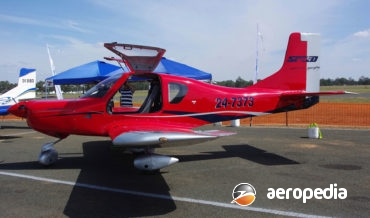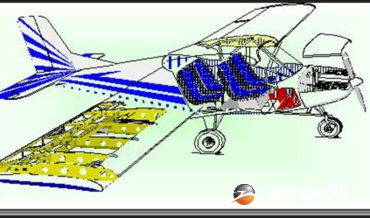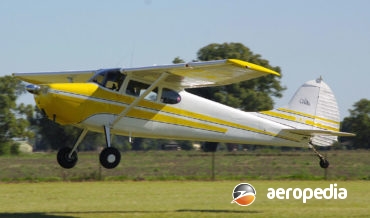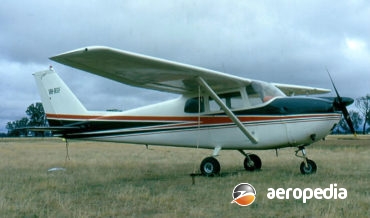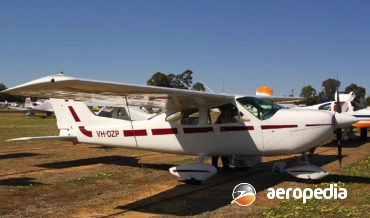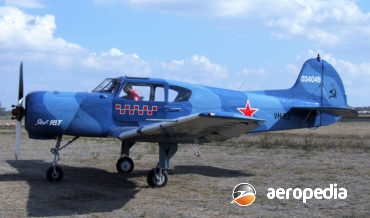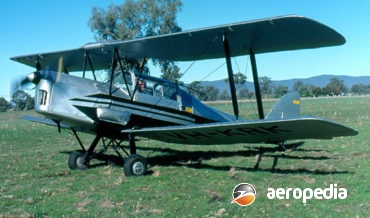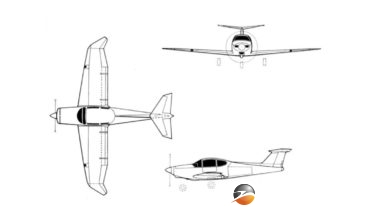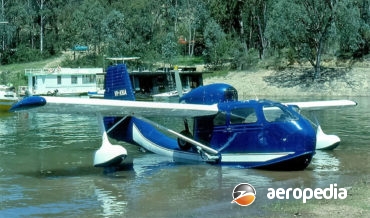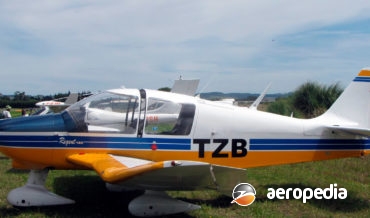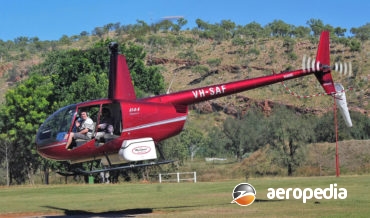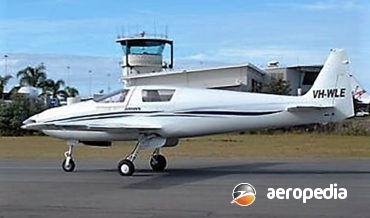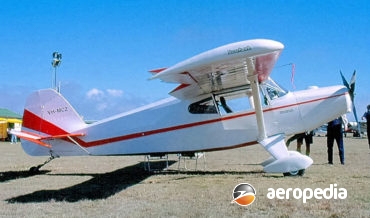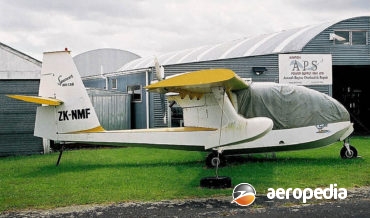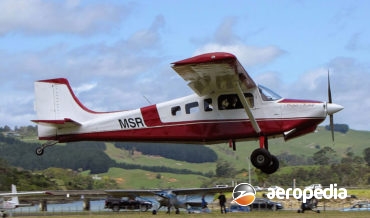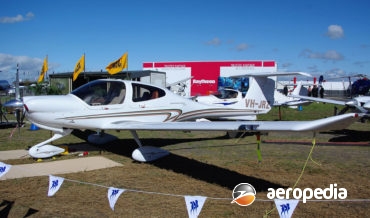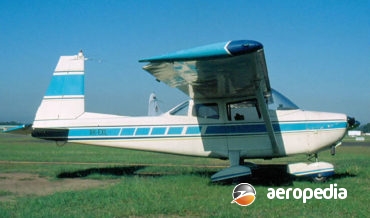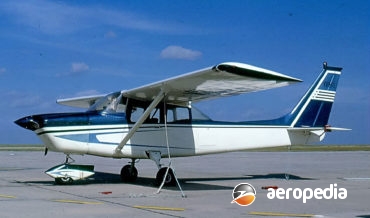All Contents
Contents
In late 1957 the Royal Queensland Aero Club (RQAC) announced that at its instigation preliminary design work had begun
on a four-seat fully-aerobatic monoplane known as the PL-9, and that it was to be constructed at the Aero Clubs workshops at
Archerfield, Qld.
David C. Eyre
- March 23, 2020
The SeaBear was designed by G Annenkov and a team of graduates from the Samara State Aerospace University in Russia and more than 30 examples have been delivered.
David C. Eyre
- March 23, 2020
Following the production of almost 17,000 Cessna 182 Skylanes, Cessna in 1977 decided to build a model of the well proven design with a retractable undercarriage, thus providing an aircraft with the proven reliability of its predecessor with the increased speed and fuel efficiency of a retractable undercarriage.
David C. Eyre
- March 23, 2020
For years the four-seat, single-engine fixed-pitch propeller aircraft market was dominated by Cessna and Piper but in later years new designs have been placed on the market and one of these designs has come from Italian manufacturer, Tecnam.
David C. Eyre
- March 23, 2020
The Sling TSi first flew in 2018 and is produced by The Airplane Factory in South Africa and is a four-seat cabin monoplane fitted with a tricycle undercarriage developed from the company’s previous offering, the Sling 4.
David C. Eyre
- March 23, 2020
The Lightwing Speed was designed and built by the Hughes Lightwing Co at Ballina, NSW to be produced in kit form for the light aircraft market, being produced in four basic versions, the two-seater known as the SP2000-S which is a lightweight models for registration under Recreation Aircraft Australia Regulations
David C. Eyre
- August 24, 2019
In late 1999 Hughes Engineering of Ballina, NSW, announced it proposed to put into production a four-seat kit aircraft designed by students from the University of New South Wales Engineering School, the latter having been commissioned to design the aircraft earlier that year.
David C. Eyre
- August 24, 2019
The Model 170 was introduced into the Cessna range in 1948 as a development of the earlier two-seat light cabin monoplanes, the Models 120 and 140, and to meet a requirement among operators in the United States for four seats.
David C. Eyre
- May 17, 2019
The Cessna 175 series was introduced to the Cessna range in 1958. The Skylark was a deluxe version of the basic 175, in a similar way to the Skyhawk being a deluxe development of the 172.
David C. Eyre
- May 17, 2019
The Cessna 177 series of aircraft, which was first placed in production in 1967, was originally released in two main models, the 177 and the Cardinal.
David C. Eyre
- May 17, 2019
The prototype of the Yak 18 series was flown for the first time in 1945 and, after entering production in 1947, saw extensive service with the Soviet Airforce, and the airforces of Austria, China, Czechoslovakia, North Korea, Poland, East Germany, Egypt and Hungary.
David C. Eyre
- May 8, 2019
The Jackaroo was developed by the Wiltshire School of Flying Limited at Thruxton Aerodrome, Andover, Hants in the United Kingdom in the early 1960s.
David C. Eyre
- May 8, 2019
The PL-13 was one of the many designs by the profilic designer, Luigi Pellarini and was a four-seat monoplane.
David C. Eyre
- May 8, 2019
The TR-4 Cruiser is a development of the TR-1 and TR-2 Kis produced by Tri-R Technologies Inc of Oxnard California which is produced in kit form for the amateur constructor and may be fitted with a variety of engines.
David C. Eyre
- May 8, 2019
In 1941 the S-12 Amphibian Air Car was built in the United States by Percival H Spencer, he having formed Spencer-Larson Aircraft Corp to build a light amphibian.
David C. Eyre
- May 8, 2019
Following the success of the DR.253 Regent, DR.315 Cadet, DR.340 Major, DR360 Chevalier and DR.380 Prince series of aircraft, all of which were basically of wooden construction, Centre Est, or Robin, introduced the DR.400, construction of the prototype of which began in 1971.
David C. Eyre
- May 8, 2019
The R-44 is a four-seat development of the very successful R-22, more than 2,000 examples of which had been delivered when the R-44 entered production in late 1992.
David C. Eyre
- May 8, 2019
The Mirage is a small ultra-light aircraft designed by Lorenz Kreitmeyer and developed by Remos Aircraft of Eschelbach, Germany, being a development of the Company’s Model G-2 Gemini.
David C. Eyre
- May 8, 2019
The Ravin is an all-composite four-seat light aircraft produced by SA Ravin Aircraft of Pretoria in South Africa.
David C. Eyre
- May 8, 2019
The White Lightning was designed by Howell C Jones Jr for White Lightning Aircraft Corp, of Walterboro, South Carolina, and production of kits for amateur constructors began in September 1986.
David C. Eyre
- May 8, 2019
The Bearhawk is a light touring aircraft designed to be built by the amateur constructor and is of steel tube construction with fabric covering, with engines ranging from 112-kw (150-hp) to 194-kw (260-hp) able to installed, and with a tailwheel undercarriage.
David C. Eyre
- May 8, 2019
Edward Stinson in 1926 formed Stinson aircraft with a facility at Willow Run in Detroit to build aircraft.
David C. Eyre
- May 8, 2019
The Spencer Air Car, also known as the Amphibian Air Car, was designed by Mr P H Spencer as a four-seat amphibian bearing a strong resemblance to the Republic Seabee, which he also designed.
David C. Eyre
- May 8, 2019
The SR2500 Super Rebel was produced as a kit aircraft in Canada by Murphy Aircraft of British Colombia and kits were sold for a few years but production concluded in 2008.
David C. Eyre
- May 8, 2019
The Shrike was a development of the Victa Aircruiser. The rights to the Aircruiser had been obtained by AESL (Aero Engine Services Ltd) from Victa Consolidated Industries when it closed its aircraft manufacturing plant at Milperra, NSW and it was re-designed and became the AESL CT-4 series in New Zealand.
David C. Eyre
- May 8, 2019
Following the success of the Neico Lancair series of kitplanes, Lance Neibauer designed a production certificated aircraft based on the four-seat Lancair ES and set up a separate company to build and market the new type.
David C. Eyre
- May 8, 2019
The DA 40 series of light aircraft is built by Diamond Aircraft Industries at its facility south of Vienna in Austria.
David C. Eyre
- May 8, 2019
This series of aircraft was developed by Volaircraft Corporation in the United States during the late 1950s. At first it was marketed as the Volair 10, receiving its type approval on 30 November 1961.
David C. Eyre
- May 8, 2019
As noted with the Darter Commander, in May 1968 a redesign of this series of aircraft took place and a new model known as the Model 100/180 Lark Commander was released onto the market.
David C. Eyre
- May 8, 2019
Recent Comments
Archives
Categories
- No categories
Categories
- No categories
Latest Posts
Newsletter

